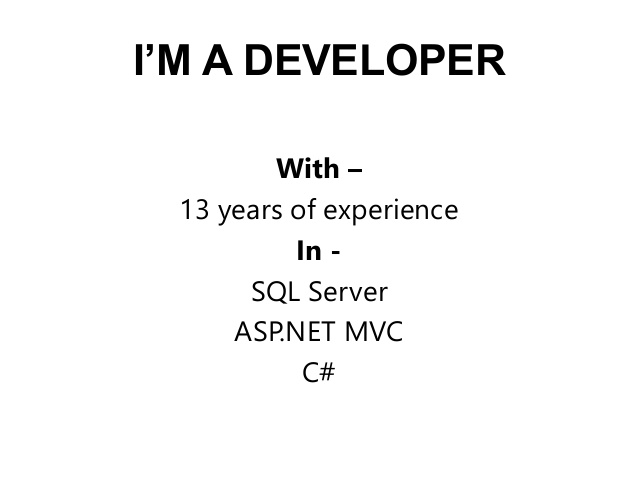Embracing Diversity and Inclusion in the Workplace: Fostering a Stronger, More Innovative Future
In today’s globalized and interconnected world, embracing diversity and inclusion has become a vital aspect of creating a thriving workplace environment. Recognizing and valuing individual differences, such as race, ethnicity, gender, age, sexual orientation, disabilities, and more, fosters a culture of acceptance, empathy, and respect. By actively promoting diversity and inclusion, organizations can unlock the full potential of their workforce, drive innovation, and cultivate a stronger sense of belonging among employees. In this article, we will explore the benefits of embracing diversity and inclusion in the workplace and discuss practical steps that organizations can take to create a more inclusive environment.
The Benefits of Diversity and Inclusion
- Enhanced Innovation: Diverse teams bring together a range of perspectives, experiences, and ideas. When individuals from different backgrounds collaborate, they bring fresh insights and approaches to problem-solving, leading to more innovative and creative solutions. By embracing diversity, organizations can tap into a wealth of diverse knowledge, enabling them to adapt and thrive in rapidly changing markets.
- Increased Productivity: Inclusive workplaces foster a sense of belonging, where employees feel valued and respected for their unique contributions. This sense of belonging boosts morale and motivation, leading to increased productivity and engagement. Employees who feel included are more likely to be proactive, collaborate effectively, and take ownership of their work.
- Expanded Talent Pool: Embracing diversity expands the talent pool from which organizations can recruit. By actively promoting inclusivity, organizations can attract individuals from various backgrounds and experiences, resulting in a richer and more diverse workforce. A diverse talent pool enables organizations to leverage a wide range of skills and perspectives, strengthening their ability to meet the needs of diverse customers and clients.
- Improved Decision-Making: Inclusive teams benefit from a broader range of perspectives, allowing for more comprehensive analysis and decision-making. When individuals with diverse backgrounds come together, they challenge assumptions, reduce biases, and make more well-rounded choices. This results in better decision outcomes and mitigates the risks of groupthink.
Practical Steps to Embrace Diversity and Inclusion
- Establish a Clear Diversity and Inclusion Policy: Organizations should develop and communicate a clear policy that outlines their commitment to diversity and inclusion. This policy should articulate the organization’s values, objectives, and guidelines for promoting inclusivity. Regularly review and update the policy to reflect evolving best practices and societal changes.
- Foster an Inclusive Culture: Leaders play a crucial role in fostering an inclusive culture within the workplace. They should lead by example, embracing diversity themselves, and actively promoting inclusive behaviors and practices. Encourage open dialogue, listen to diverse perspectives, and create opportunities for collaboration and learning.
- Implement Unbiased Hiring Practices: Review and revise recruitment and selection processes to ensure they are free from biases. Establish diverse hiring panels and use blind resume screening techniques to focus on qualifications and skills rather than personal characteristics. Consider implementing diversity quotas or targets to ensure a balanced representation of different groups within the organization.
- Provide Diversity and Inclusion Training: Offer regular training sessions to raise awareness and educate employees about the importance of diversity and inclusion. These programs should address unconscious biases, cultural sensitivity, and effective communication across diverse teams. Encourage ongoing learning and development to cultivate an inclusive mindset at all levels of the organization.
- Create Employee Resource Groups (ERGs): ERGs are voluntary, employee-led groups that bring together individuals with shared backgrounds or experiences. These groups provide a platform for networking, mentorship, and support. Encourage the formation of ERGs and provide resources to help them thrive, fostering a sense of community and inclusion within the organization.
Embracing diversity and inclusion in the workplace is not just a moral imperative; it is a strategic advantage. By valuing and leveraging the diverse backgrounds, perspectives, and experiences of employees, organizations can unlock innovation, enhance productivity, attract top talent, and make better decisions. It is through cultivating an inclusive culture and taking proactive steps to promote diversity that organizations can build a stronger, more resilient, and more successful future.


